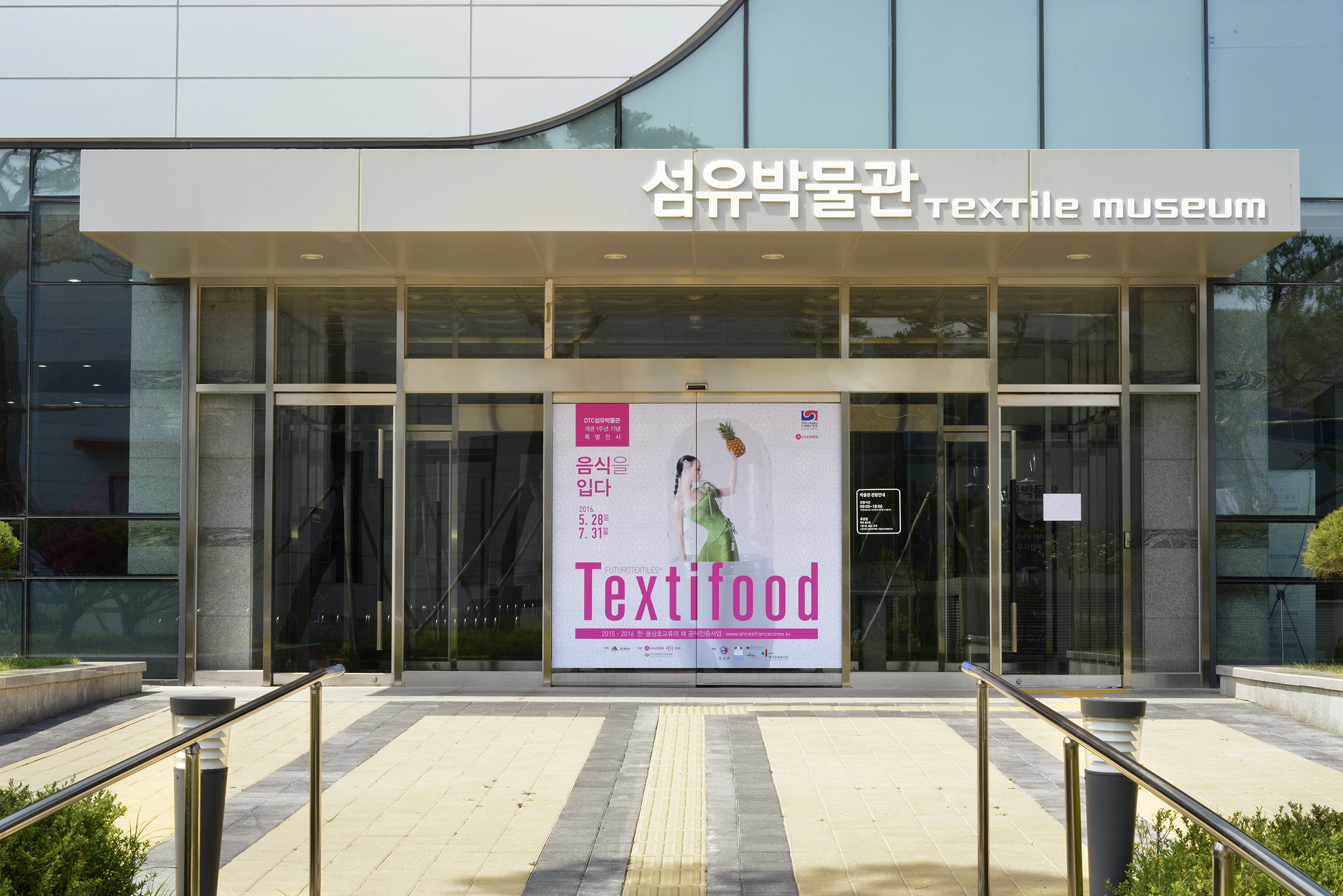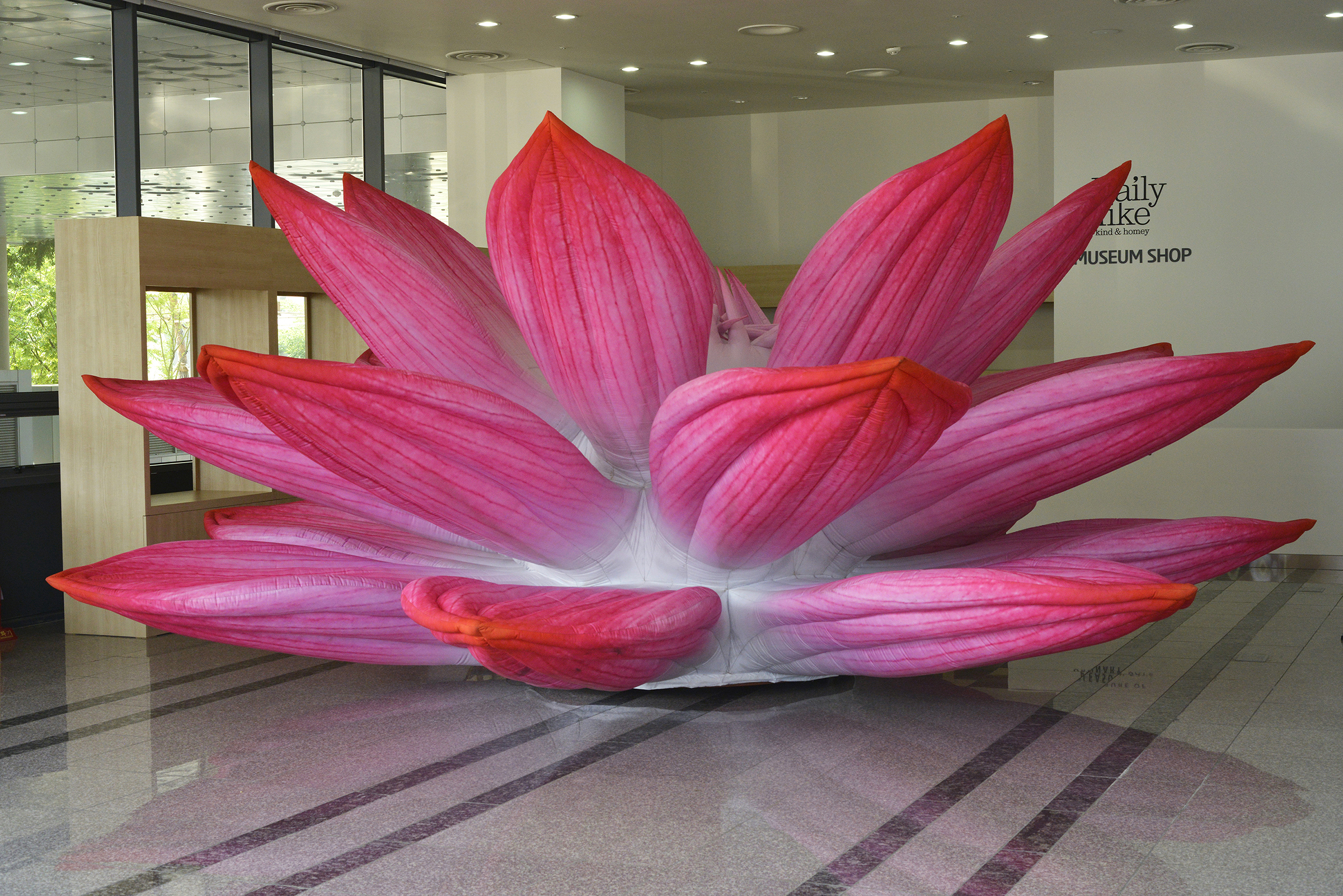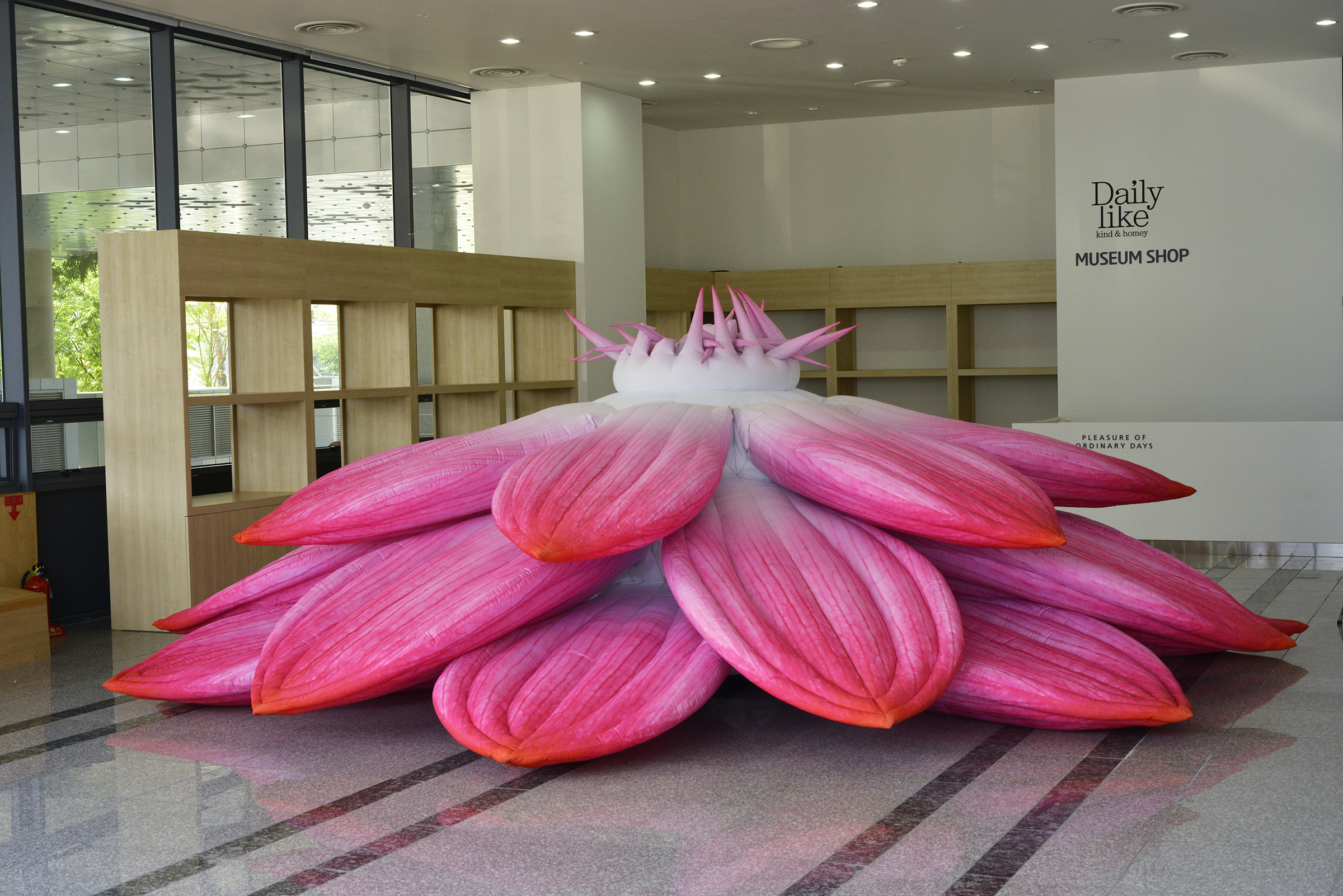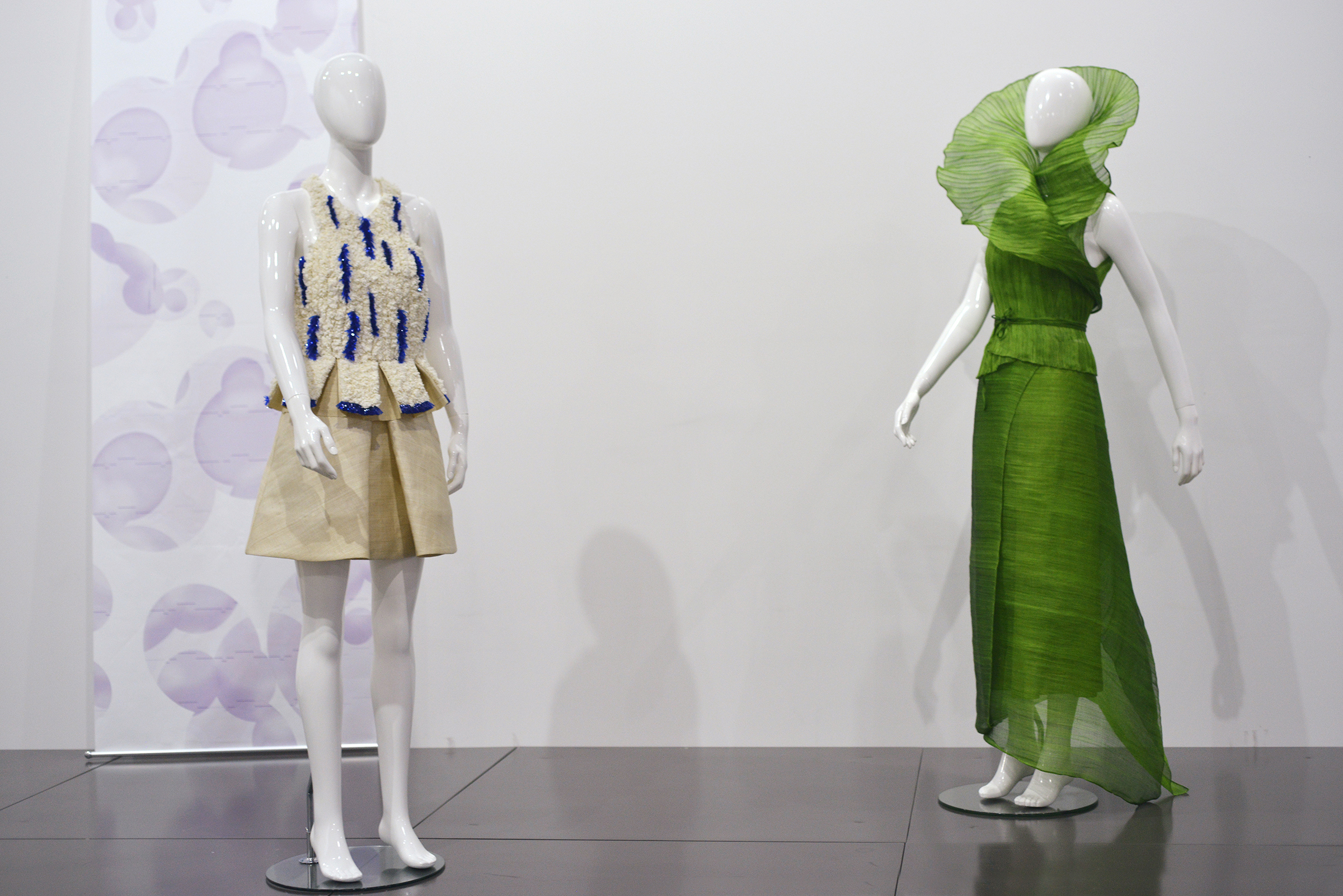Textifood: food for clothing
Ditta Sandico
The Milan 2015 exposition, which has been running for the last six months, has seen 140 countries showcasing its most innovative and effective technologies that could provide solutions to one of the biggest global problems – guaranteeing everyone healthy, safe and sufficient food without harming the balance of the planet.
But it wasn’t the solution to this problem that really caught the attention of so many people. And it wasn’t just one problem that was solved but two.
Fashion, as with all industry, has a responsibility to give back what it takes. And what does the industry take most of? Natural fibres – used to create the clothing we wear. With companies now pouring money into research and development schemes, it seems we have found a solution – clothes made from food.
This may sound like something only Lady Gaga could pull off, but this is slightly more innovative than the infamous meat dress. Within the expo, Pavilion France together with Lille Europe put on the incredibly successful exhibition entitled Textifood, with the objective to demonstrate the different possibilities of creating textiles from the food waste industry.
Roughly one third (approximately 1.3bn tonnes) of the food produced in the world for human consumption every year gets wasted. And with it taking approximately 7,000L of water to produce a single pair of jeans and 2,700L to produce one shirt, not to mention the long process of dying the fibres, this innovative way of creating textiles could be the answer to two major sustainability problems the world has.
Lille3000, a cultural programme within the city of Lille, sought out designers and stylists to produce designs using fibres that have been harvested in part or solely from food residues. Such tasty fibres included orange, lemon, pineapple, banana, coconut, nettles, algae, mushroom, coffee, rice, soya, maize, beet, wine, beer, fish and shellfish.
“These textile fibres come from all continents,” said a Lille3000 spokesperson. “They are studied by researchers around the world to meet the needs of an increasingly responsible world.”
Designers such as Em Riem and Ditta Sandico created dresses made from banana silk fibre. The produced fabric has a silky finish, is flexible and waterproof, and is already in use in Japan, Nepal and the Philippines.
Other designers such as Christine Phung and Moragne Baroghel-Crucq collaborated to create an organic dress made from metal thread, flax yarns and fish collagen. While eco clothing brand, L’Herbe Rouge, made clothing created entirely from coffee – weaved, dyed and finished in a coffee bath.
This kind of technology is still in the early stages of development but it does give us a hopeful insight into the types of alternative textiles available. Sustainability in many industries through collaboration is now a reality and effectively provides us with many solutions to the world’s problems. The future suddenly looks (and tastes) a little bit better now.





